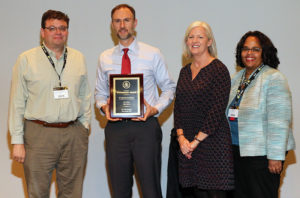Financing can make or break a redevelopment project; however, lenders are often wary of the environmental liabilities associated with brownfields redevelopments. In order to encourage lenders to finance these projects, Wisconsin state law exempts lenders from environmental liabilities for a range of lending activities, if they meet certain statutory conditions.
In its 2015 report, Investing in Wisconsin, the Brownfields Study Group (BSG) recognized that Wisconsin’s liability exemption for lenders had recently turned 20 years old, and noted that the lending industry had evolved significantly over those two decades. The BSG recommended that a subset of the group meet with stakeholders to examine whether the exemption remains useful and relevant in light of current lending practices and regulations.
Between May 2016 and April 2017, a group of Wisconsin DNR personnel, lenders, attorneys, and trade organizations met five times to discuss, in a public forum, the various components of the state’s lender liability exemption and analyze whether the current exemption meets the needs of lenders and the public. In April 2017, this group of professionals formed a list of recommendations for the BSG, which will consider the proposed items at an upcoming public meeting.
During this effort, the Wisconsin DNR renewed its outreach efforts and strengthened partnerships with the lending community. The Wisconsin DNR reviewed its lender factsheets and updated and republished several guidance documents. The Wisconsin Bankers Association helped the Wisconsin DNR reach the WBA members by authoring informational articles in its membership publications and by distributing Wisconsin DNR’s guidance at its compliance forums, and including information in teaching materials for its compliance courses. Wisconsin DNR staff continue to reach out to bankers and lenders at statewide conferences and via Green Team meetings.



